Treating Hollyhock Leaf Spot – Learn About Hollyhock Leaf Spot Control
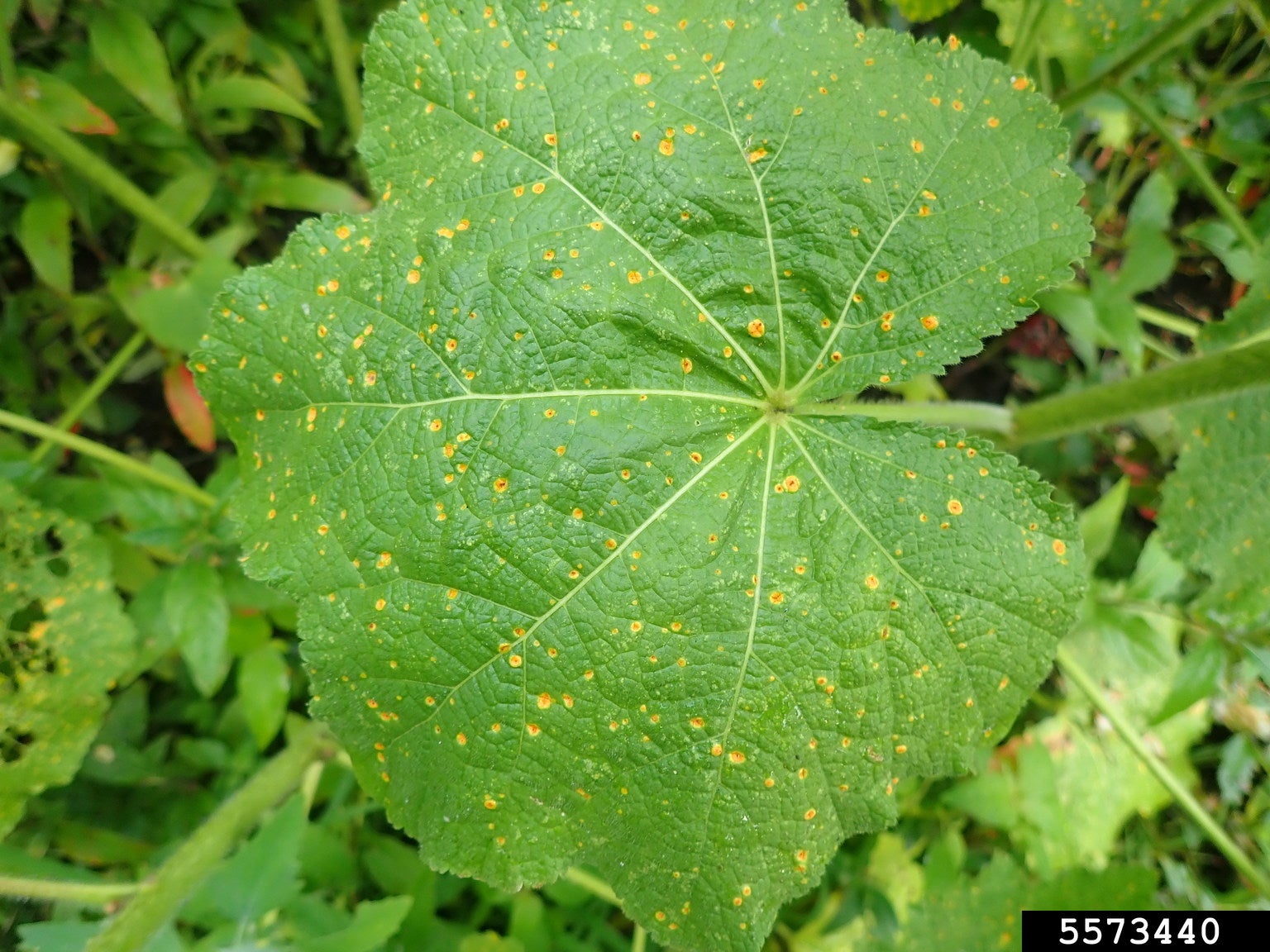

Hollyhocks are charming, old-fashioned plants easily recognized by the tall spikes of colorful blooms. Although hollyhocks tend to be relatively problem free, they are sometimes plagued by leaf spot diseases, especially when conditions are warm and damp. Rust is the most common.
Recognizing Leaf Spot on Hollyhock
Hollyhocks with leaf spot display small spots which may be brown, gray, or tan, depending on the pathogen. As the spots enlarge, the dead tissue in the center may drop out, which give the leaves a “shot-hole” appearance.
The spots often run together to cover entire leaves when conditions are moist. In dry conditions, the leaves take on a speckled, tattered appearance. You may also notice tiny black spots which are fungal spores.
Hollyhock Leaf Spot Control
Hollyhock leaf spot diseases, which are usually fungal and less often bacterial, are spread primarily by wind, irrigation water, and rain. Leaf spot on hollyhocks usually isn’t deadly for the plant and chemical controls are rarely warranted; sanitation and proper irrigation generally keep the disease in check.
Water hollyhocks early in the day, using a soaker hose or drip irrigation system, or just let a hose trickle at the base of the plant. Avoid overhead sprinklers and keep the leaves as dry as possible.
Pick off affected leaves and twigs as soon as you notice them. Keep the area under and around the plants clean and free of dead and diseased plant matter. A thin layer of fine bark, pine needles, or other mulch will keep rainwater from splashing on the leaves. Limit mulch to 3 inches (8 cm.) if slugs are a problem.
Thin the plants if the hollyhocks are too crowded. Good air circulation can help prevent hollyhocks with leaf spot and even minimize the disease. Fungicides can be used when new growth emerges in spring if other methods of control aren’t effective. Read the label carefully to be sure the product is suitable for ornamentals.
Gardening tips, videos, info and more delivered right to your inbox!
Sign up for the Gardening Know How newsletter today and receive a free copy of our e-book "How to Grow Delicious Tomatoes".

A Credentialed Garden Writer, Mary H. Dyer was with Gardening Know How in the very beginning, publishing articles as early as 2007.
-
 12 Lush Alternatives To A Lawn For Sustainable Spaces
12 Lush Alternatives To A Lawn For Sustainable SpacesAlternatives to a lawn are beautiful and also beneficial to your local ecosystem and its pollinators. Explore our top picks for plants to replace grass.
By Tonya Barnett
-
 Types Of Tomatoes Explained: Explore The Many Wonderful Shapes, Colors, Flavors, & Best Uses
Types Of Tomatoes Explained: Explore The Many Wonderful Shapes, Colors, Flavors, & Best UsesThe world of tomato varieties is vast and fascinating. Learn about the key types to grow in your garden, tailored to your preferences and space.
By Amy Grant
-
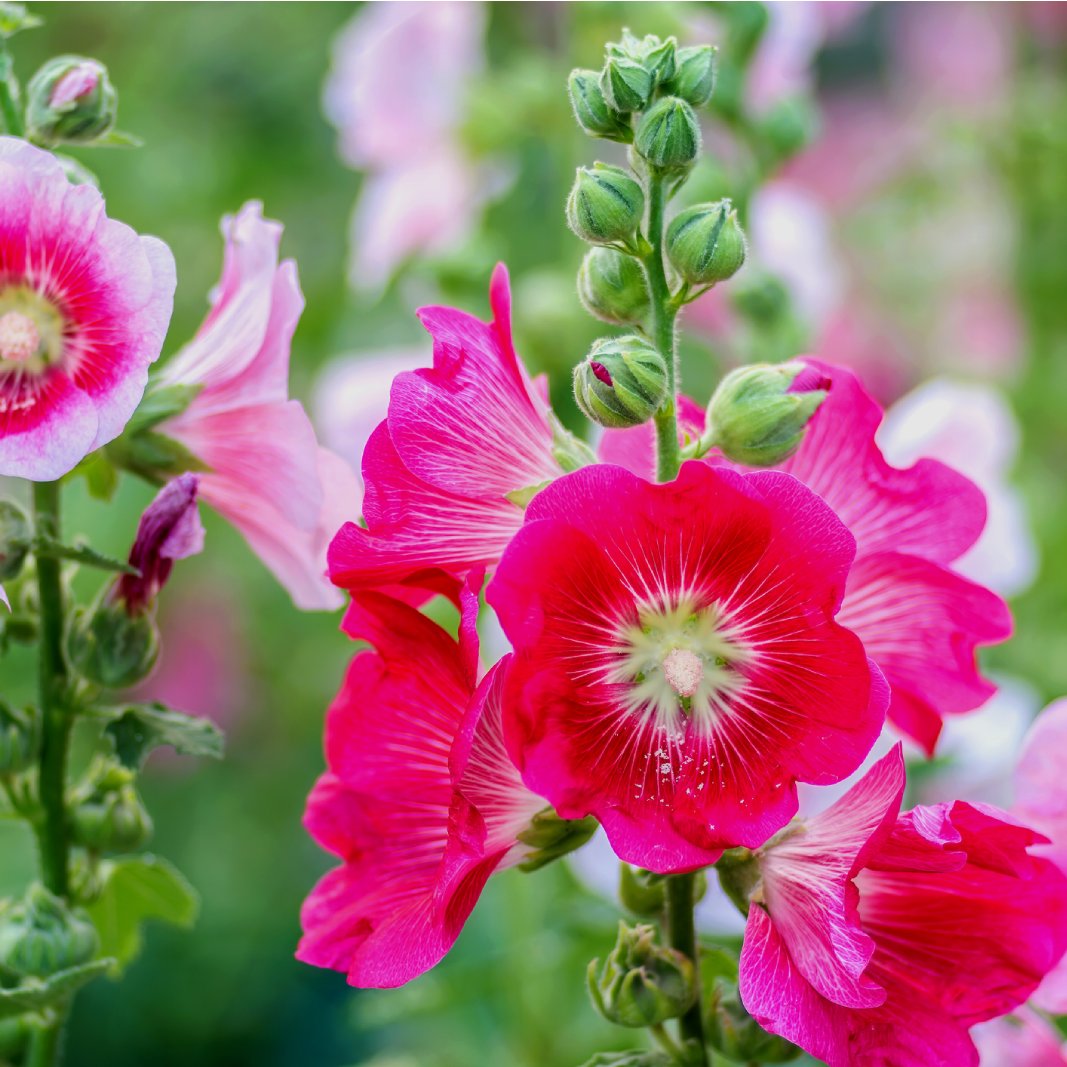 Hollyhock Feeding Made Simple: Fertilizing Hollyhocks For Better Blooms
Hollyhock Feeding Made Simple: Fertilizing Hollyhocks For Better BloomsFertilizing hollyhocks will help these old-fashioned beauties thrive and bloom, adding stately color and height to any ornamental garden.
By Tonya Barnett
-
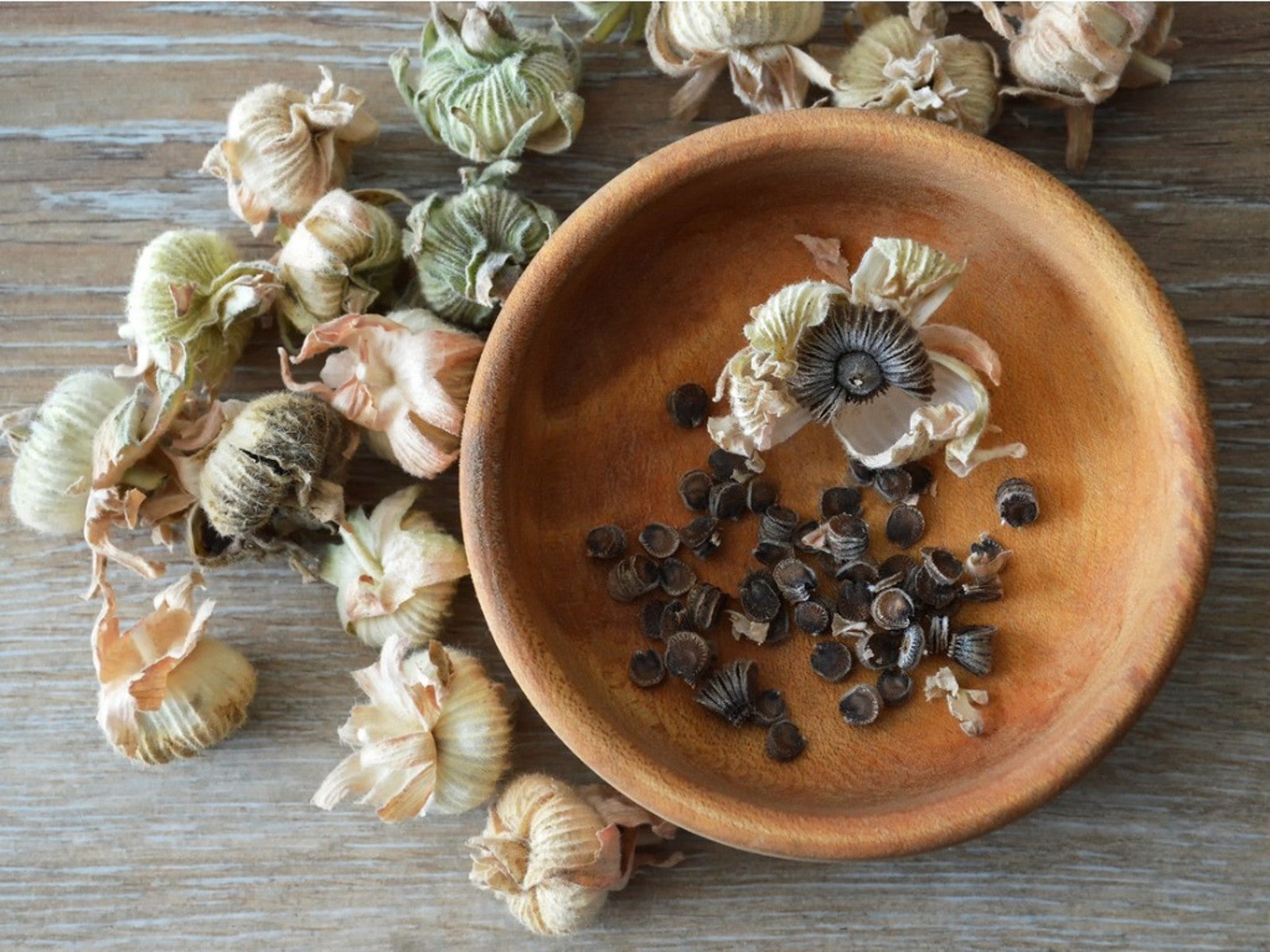 When And How To Harvest Hollyhock Seeds
When And How To Harvest Hollyhock SeedsWant to know how to harvest and collect hollyhock seeds? Click here to learn everything there is to know.
By Tonya Barnett
-
 Hollyhock Pest Control: Are Hollyhock Nematodes Good Or Bad
Hollyhock Pest Control: Are Hollyhock Nematodes Good Or BadYour hollyhocks are stunted with poor flower production. They wilt easily and look yellowish. You're not sure why they’re are failing. Perhaps, it's because the trouble lies under the soil. You may have hollyhock nematode problems. This article can help with that.
By Laura Miller
-
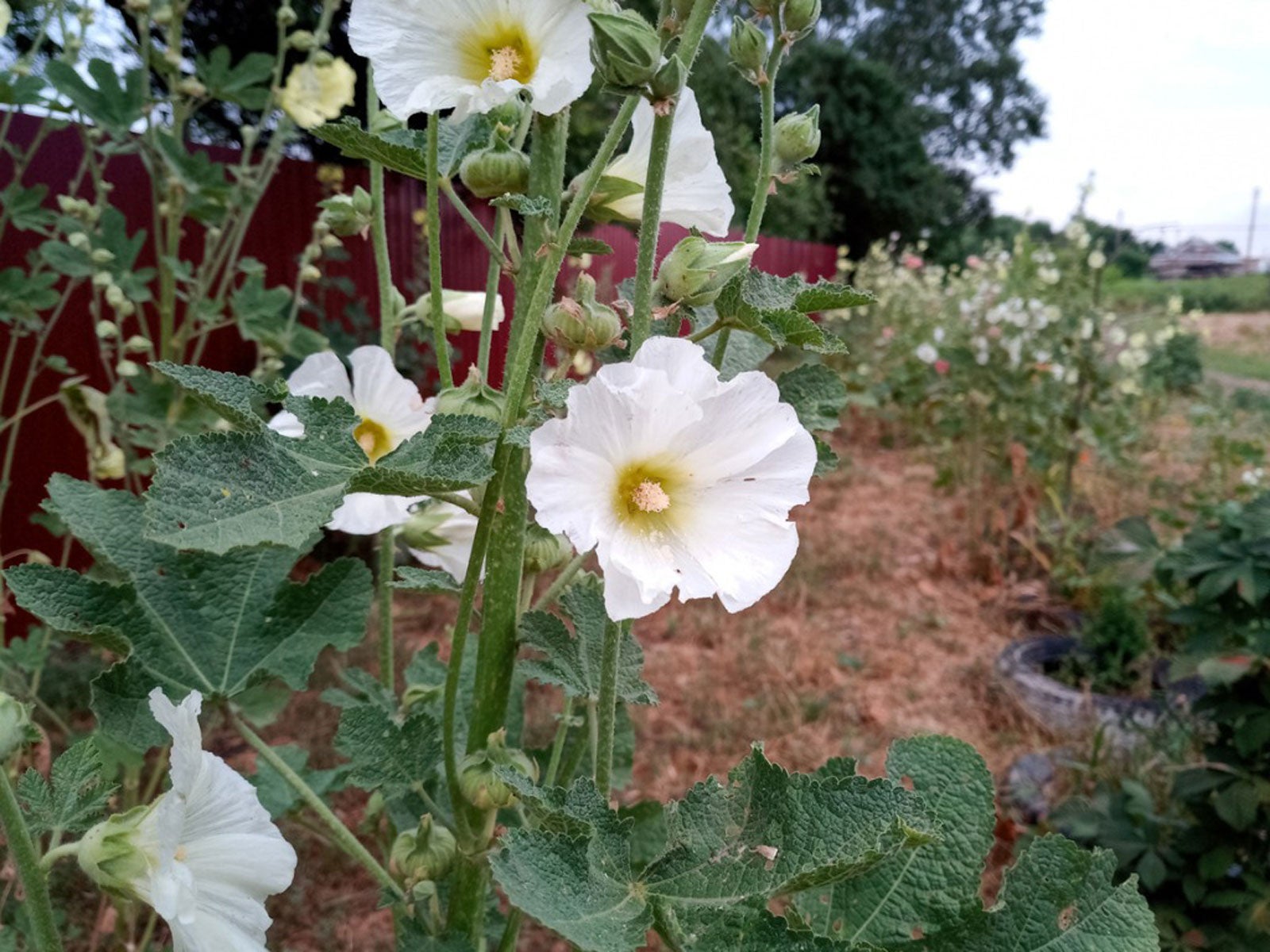 Hollyhock Anthracnose Symptoms: Treating Hollyhock With Anthracnose
Hollyhock Anthracnose Symptoms: Treating Hollyhock With AnthracnoseAnthracnose is one of the most destructive diseases of hollyhock plants. To learn about symptoms and management, click here.
By Mary Ellen Ellis
-
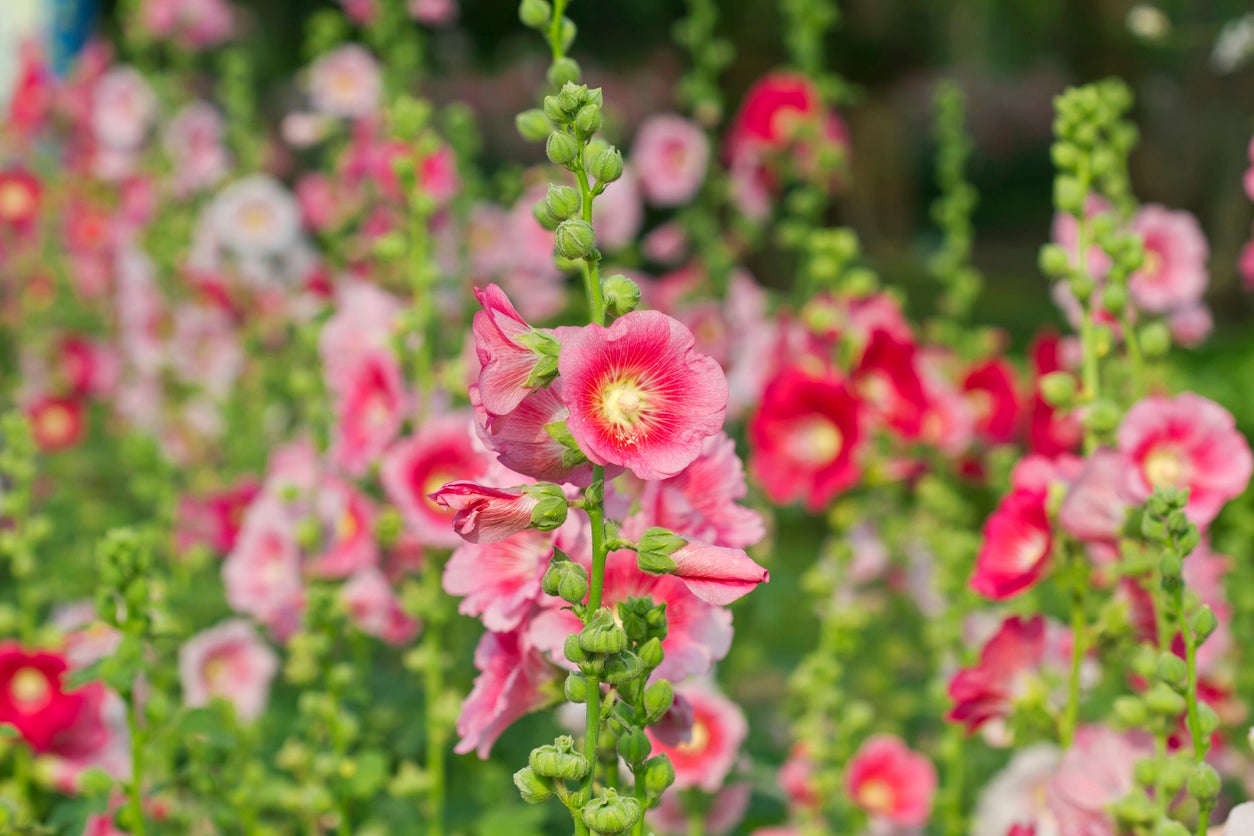 Hollyhock Flower Removal: Do Hollyhocks Need To Be Deadheaded
Hollyhock Flower Removal: Do Hollyhocks Need To Be DeadheadedHollyhocks are the showstoppers of the flower garden with towering blooms. To make the most of these gorgeous flowers, know how best to care for them. Do hollyhocks need to be deadheaded? Yes. Learn more in this article.
By Mary Ellen Ellis
-
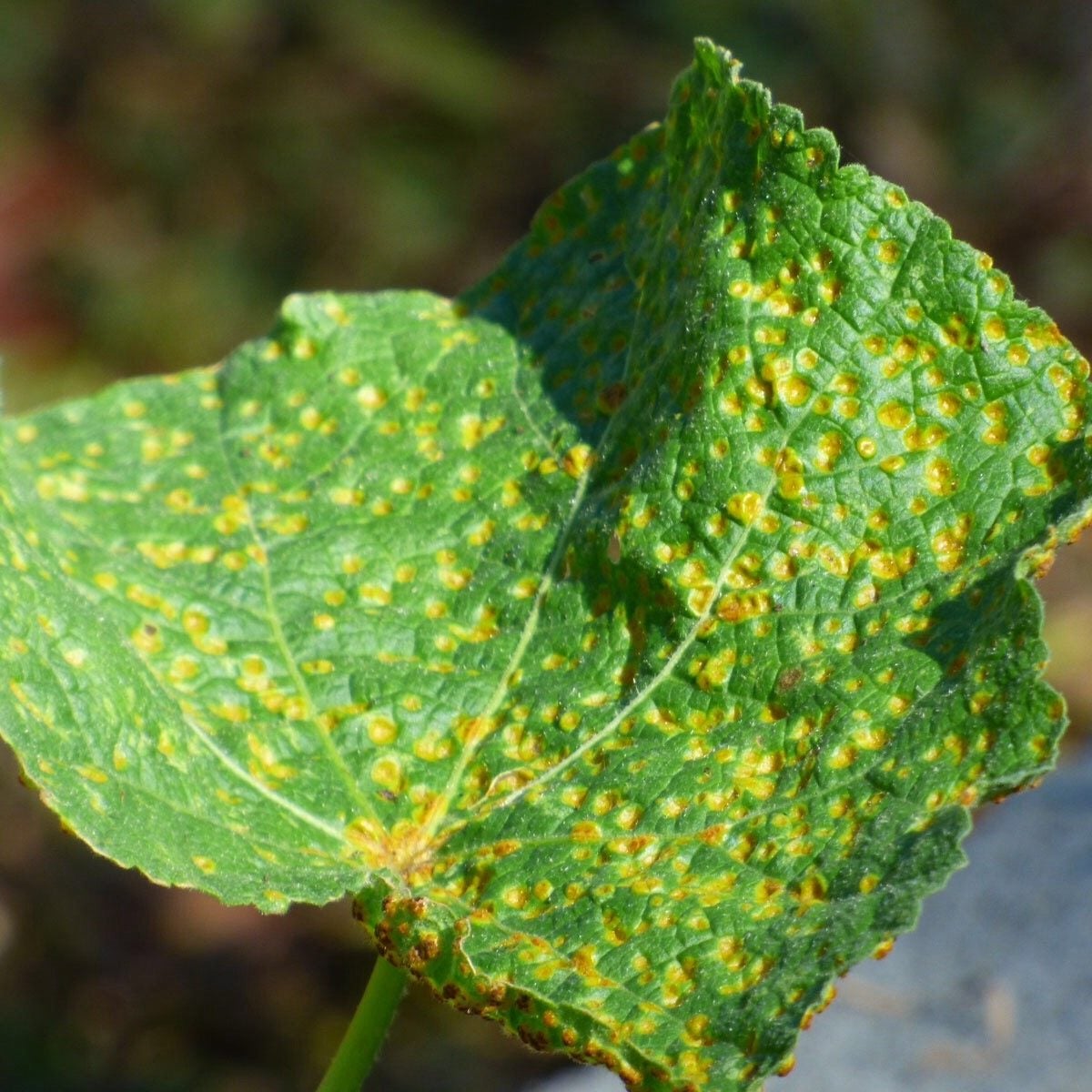 Hollyhock Rust Treatment: How To Control Hollyhock Rust In Gardens
Hollyhock Rust Treatment: How To Control Hollyhock Rust In GardensIf you've ever grown hollyhocks in a hot humid climate, you've probably seen its leaves with yellow spots on top and reddish-brown pustules on the undersides that indicate hollyhock rust. Find out how to control hollyhock rust in this article.
By Jackie Carroll
-
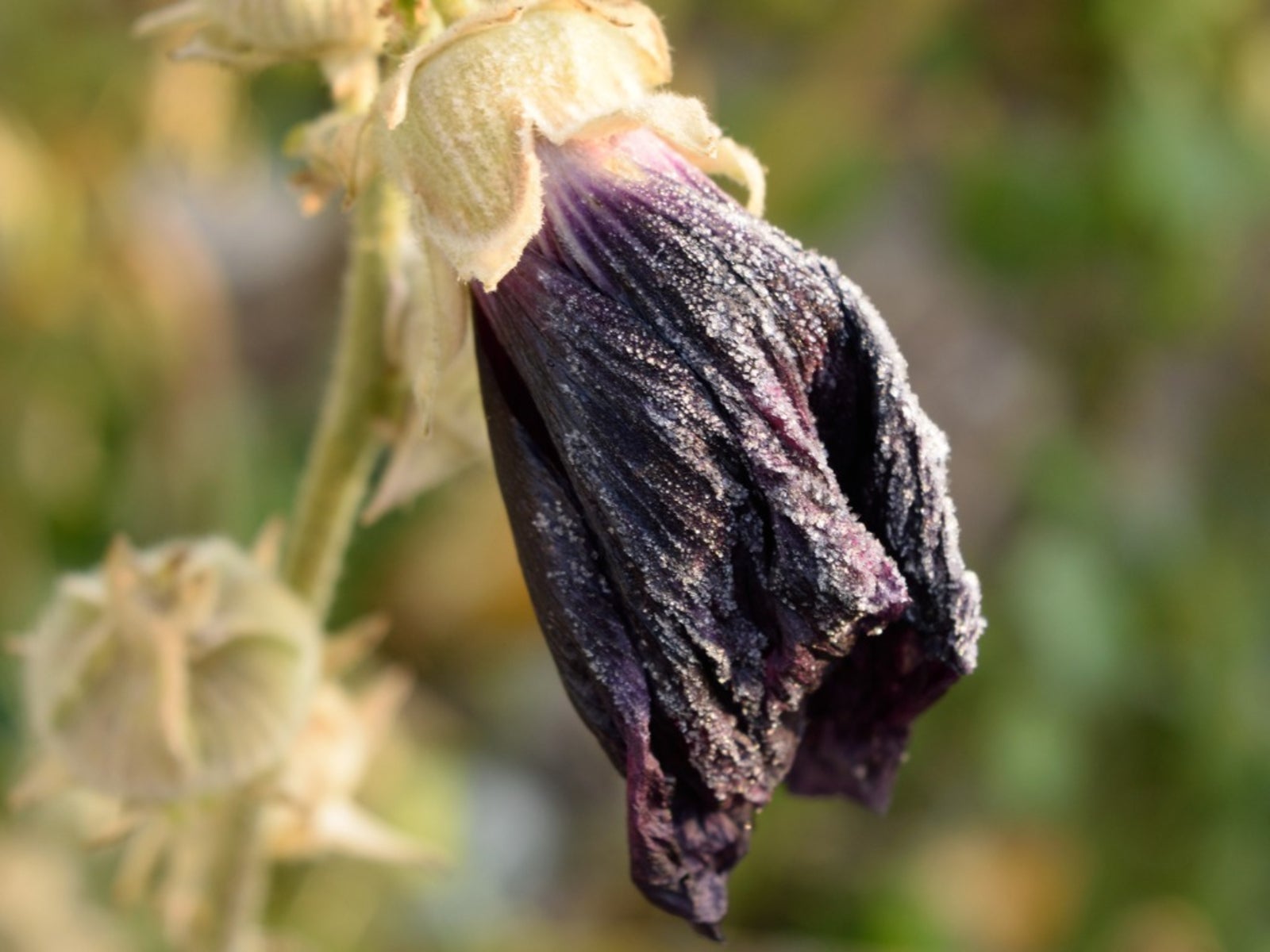 Hollyhock In Winter: How To Winterize Hollyhock Plants
Hollyhock In Winter: How To Winterize Hollyhock PlantsHollyhocks die back in winter, but you still need to protect the roots. Discover how to winterize hollyhock in this article so you can continue to enjoy their blooms next season.
By Bonnie L. Grant
-
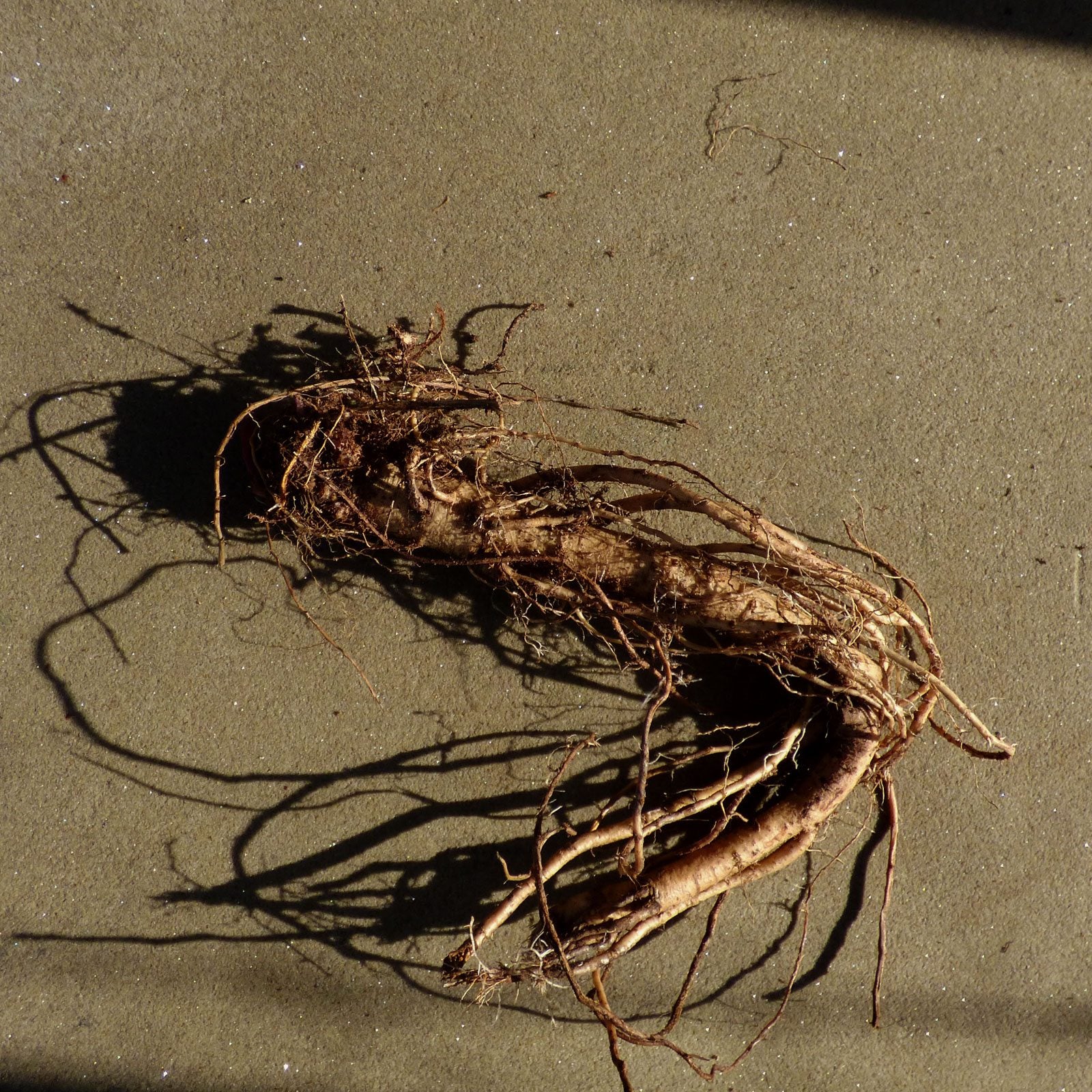 Bare Root Hollyhock Plants: Tips For Planting Hollyhock Roots
Bare Root Hollyhock Plants: Tips For Planting Hollyhock RootsGrowing hollyhocks in a sunny garden makes a statement. Planting hollyhock roots is the best way to start this large and attractive flower. Get tips on how to grow bare root hollyhocks in this article.
By Becca Badgett